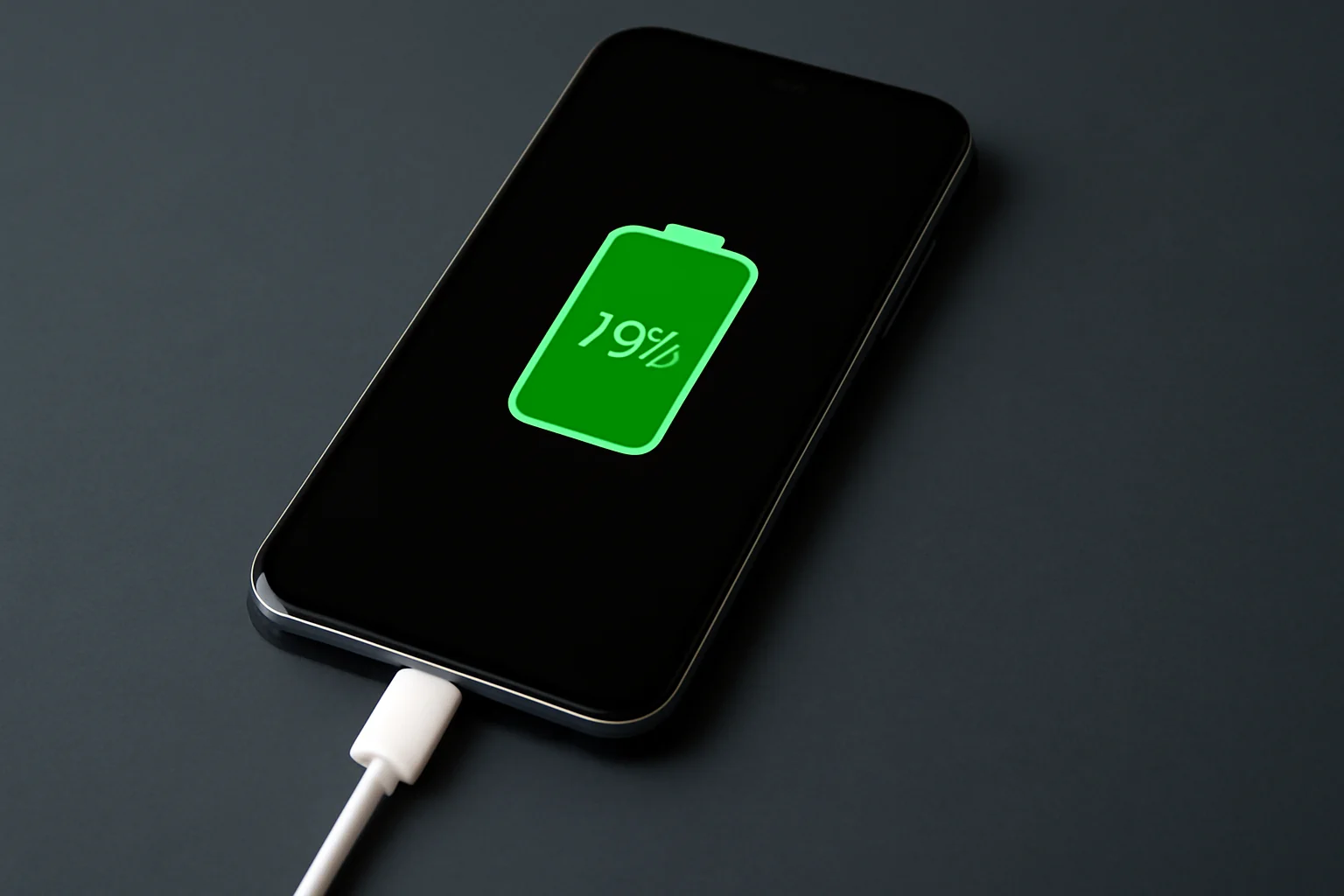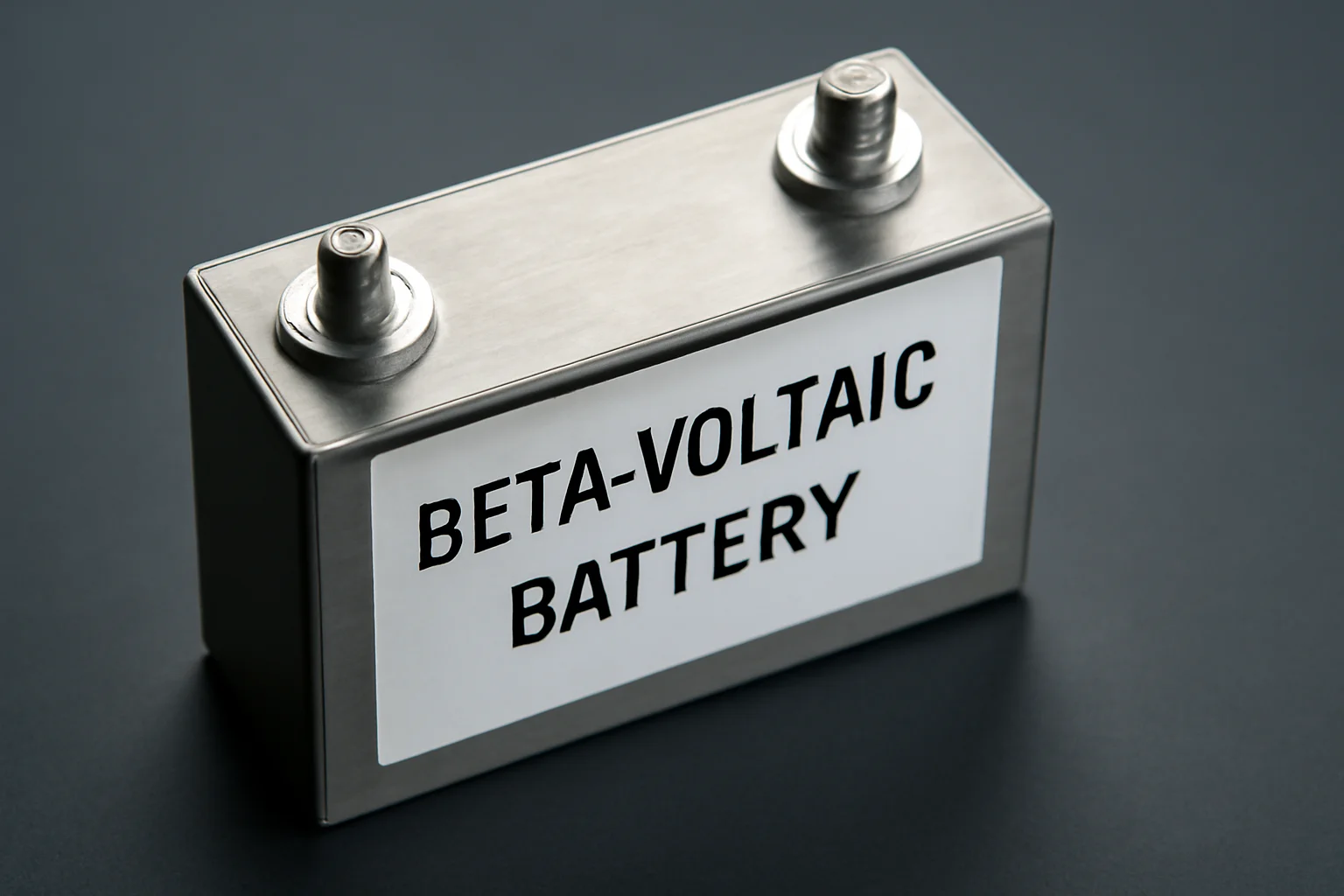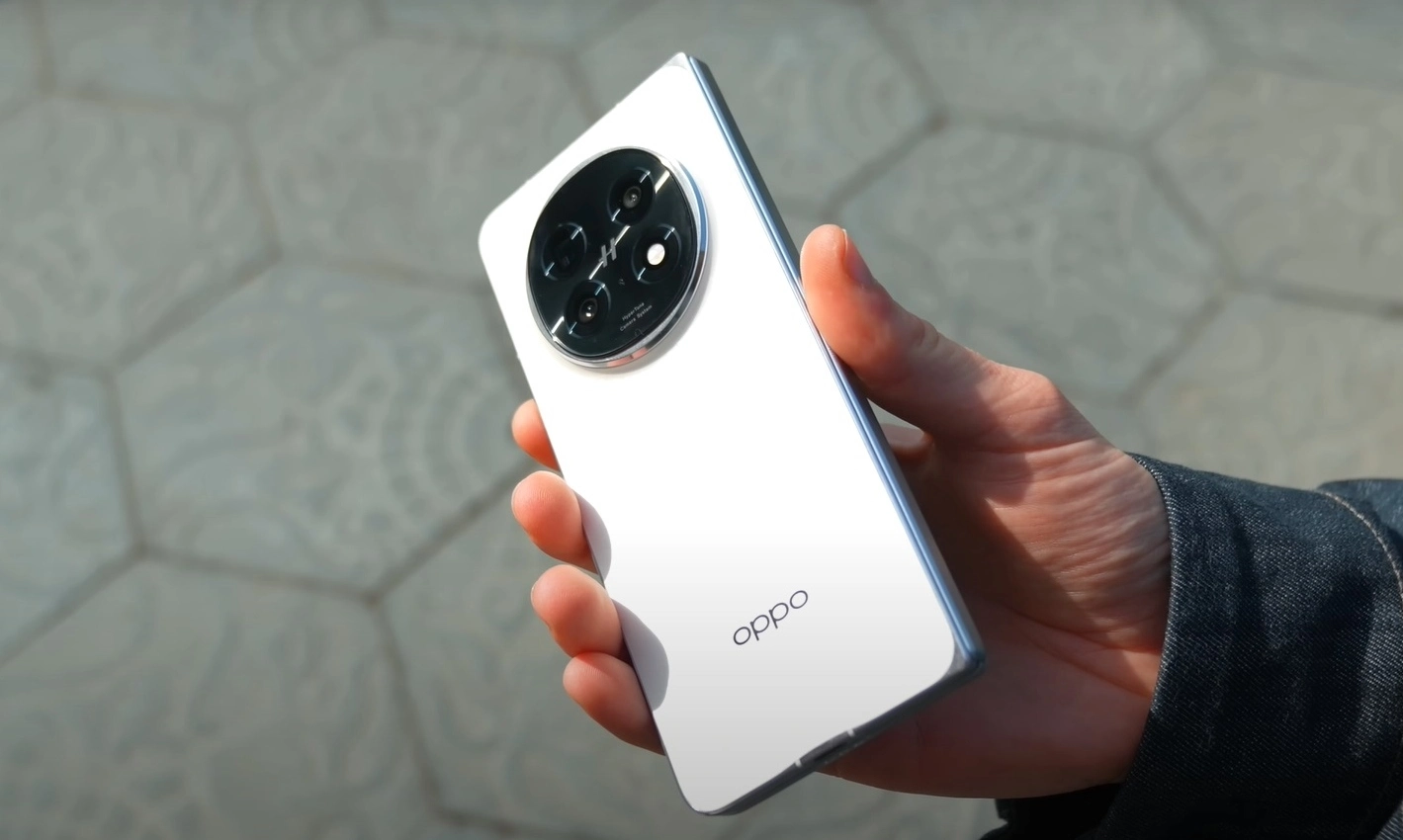The conclusion of the era of chargers is imminent, owing to the BV100, a nuclear battery developed by Betavolt that is comparable in size to a coin. The BV100 is powered by nickel-63 and utilises diamond semiconductors, ensuring a lifespan of up to 50 years without the requirement for recharging or maintenance.
Betavolt, a Chinese startup founded in 2021, has initiated the production of the BV100, a betavoltaic battery that utilises the nickel-63 isotope to generate electricity for a duration of up to 50 years without the requirement of recharging. Despite its dimensions, which preclude its classification as a smartphone, the device exhibits a modular design that has the potential to achieve the autonomy required to power a telephone for an extended period. This represents a significant innovation, with the potential to render currently available mobile phones with adequate battery life obsolete, as they fall significantly short of these capabilities.
The following discussion will attempt to provide a concise definition of the term ‘betavoltaic battery’.

Betavoltaic batteries, otherwise referred to as nuclear or radioisotope batteries, are capable of converting the beta decay of radioactive materials into electricity through the utilisation of semiconductors, a process that is accompanied by minimal heat generation or mechanical movement. Contemporary designs employ long-lived isotopes (e.g. nickel-63, with a 100-year half-life) and diamond converters that exhibit exceptional resistance to extreme environments and deliver high conversion efficiency.
The betavolt is a compact device, measuring approximately 15 × 15 × 5 mm. It consists of 2 µm nickel-63 sheets sandwiched between two layers of semiconductor diamond, each 10 µm thick. The betavolt is capable of generating 100 µW at 3 V in a stable manner. This nuclear battery employs betavoltaic technology and a process that eliminates radioactive waste, thereby paving the way for the next revolution in autonomy for wearables, remote sensors, and, in the future, everyday consumer devices.
The material’s durability ranges from -60 °C to 120 °C, and it has been certified as safe. It does not emit external radiation, and its waste results in stable copper, thus eliminating environmental risks. This renders it a very promising solution.
This particular battery type demonstrates considerable promise with regard to its future applications.

Despite the fact that the BV100 is currently incapable of powering a smartphone in its entirety, its true potential lies in low-power devices such as pacemakers, industrial sensors, satellites, long-mission drones, and remote IoT systems that require zero maintenance for extended periods. Betavolt has already obtained global patents and plans to manufacture versions of up to 1 W to meet greater needs in the next generation, expected from 2026 onwards.
Nevertheless, the process is not without its challenges, primarily due to the utilisation of radioactive material, which renders it subject to stringent nuclear regulations. Despite the fact that nickel-63 undergoes radioactive decay, resulting in the formation of non-radioactive copper, its transportation and handling necessitate the acquisition of licenses and adherence to nuclear safety protocols. Moreover, the present cost and low current per module are factors which limit its mass adoption in the field of consumer electronics. However, it is anticipated that economies of scale will be achieved through mass production.
Consequently, the long-term outlook is distinctive, as research into betavoltaic modules is also advancing with isotopes such as carbon-14 and innovative semiconductors that could raise efficiency above 2.8% and offer higher power densities. In the medium term, these “infinite” batteries will complement or even replace lithium-ion batteries in relevant applications, paving the way for electronic and medical devices that operate without recharging for long periods of time.




